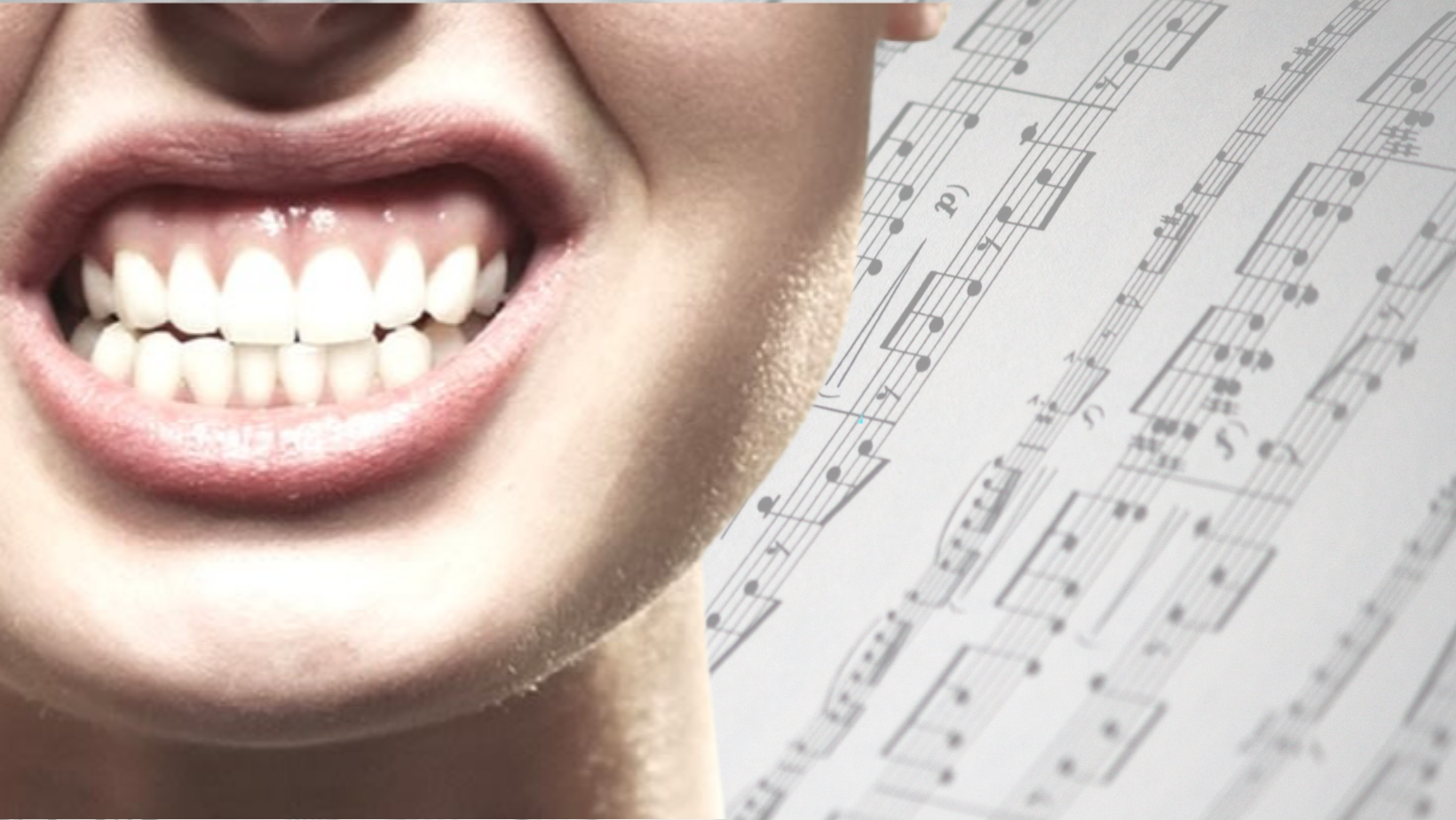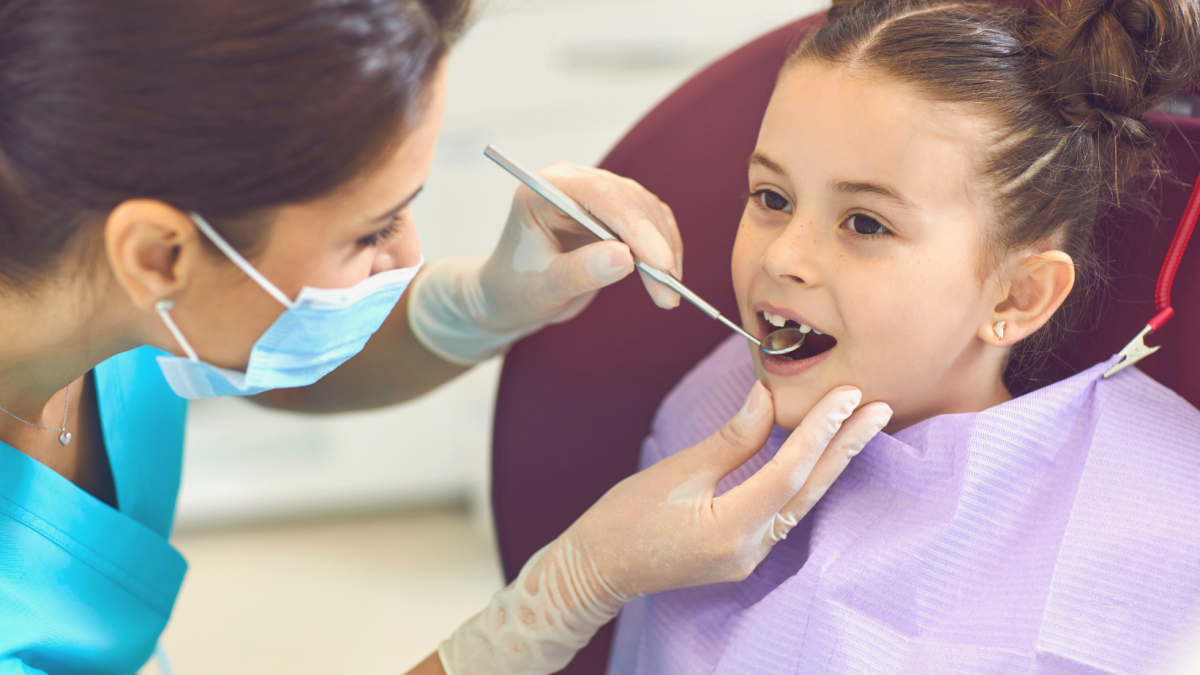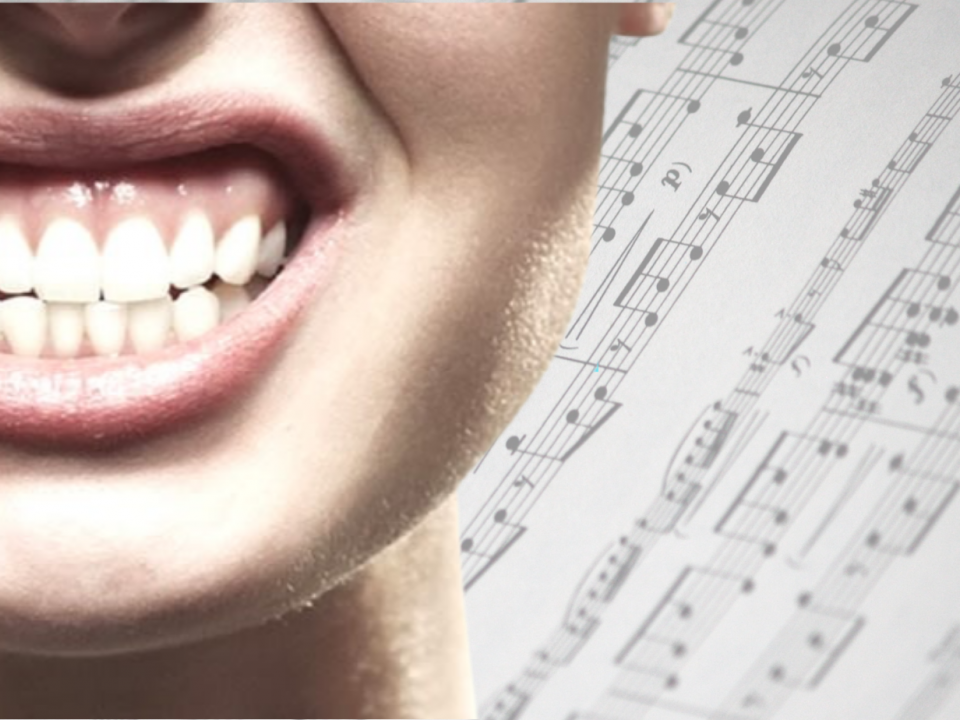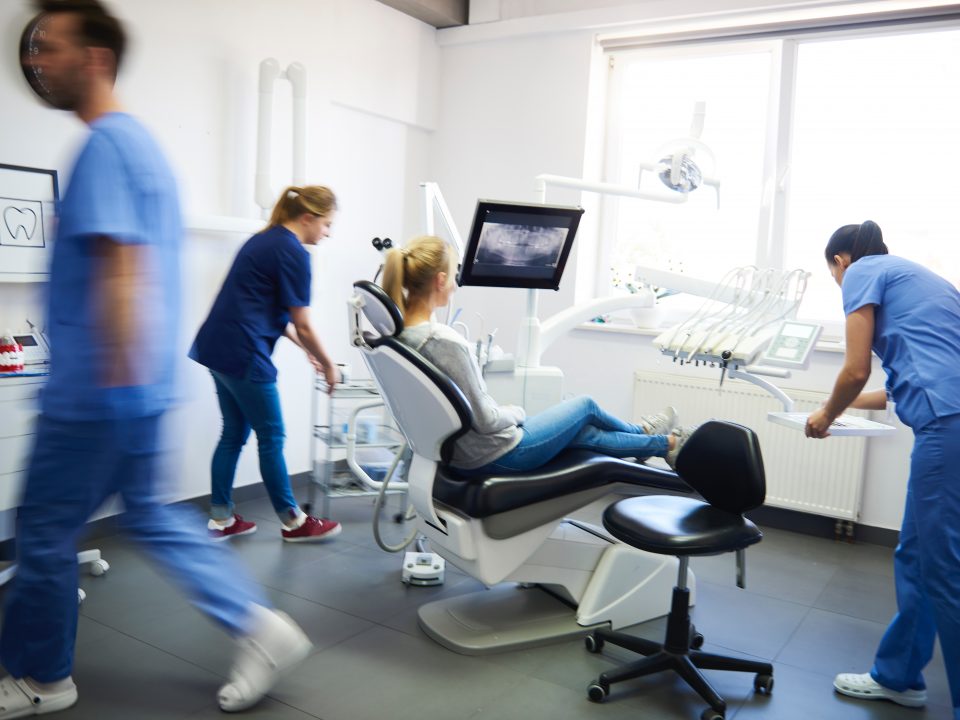
Wake-time Tooth Clenching with Music
24 February 2022Bruxism is a repetitive activity of the masticatory muscles characterized by grinding and/or clenching one’s teeth or movements of the mandible. This condition is classified as either primary or secondary. With primary bruxism, there is no evident medical, systemic, or psychiatric cause, whereas secondary bruxism is associated with a clinical, neurological or psychiatric disorder, iatrogenic factors or sleep disorder. We also distinguish if bruxism episodes occur during waking hours or if it happens unconsciously during sleep, with the production of audible sounds.
Incidence of bruxism – whose consequences on the stomatognathic system should never be underestimated - is high in childhood, with prevalence rates ranging from 13.5 to 33%.
Splint and LLLT: methods in comparison
According to Solberg et al., an occlusal splint reduces muscle activity and provides greater patient comfort. Occlusal splint usage seems to reduce tooth grinding, masticatory muscle activity and orofacial pain. Although occlusal splints are widely employed for the treatment of bruxism, no specific strategy has been established for the cure of this condition.Salguero and colleagues, then, when onto investigating splint effects when compared to that of low level laser treatment. LLLT is a non-invasive, low-cost therapeutic intervention. The irradiation of trigger points constitutes effective treatment for orofacial pain as well as the reduction of swelling and hyperemia. Acupuncture has also been successfully used for the treatment of bruxism, achieving a reduction in the activity of the masseter and temporalis anterior muscles as well as a reduction of anxiety.




